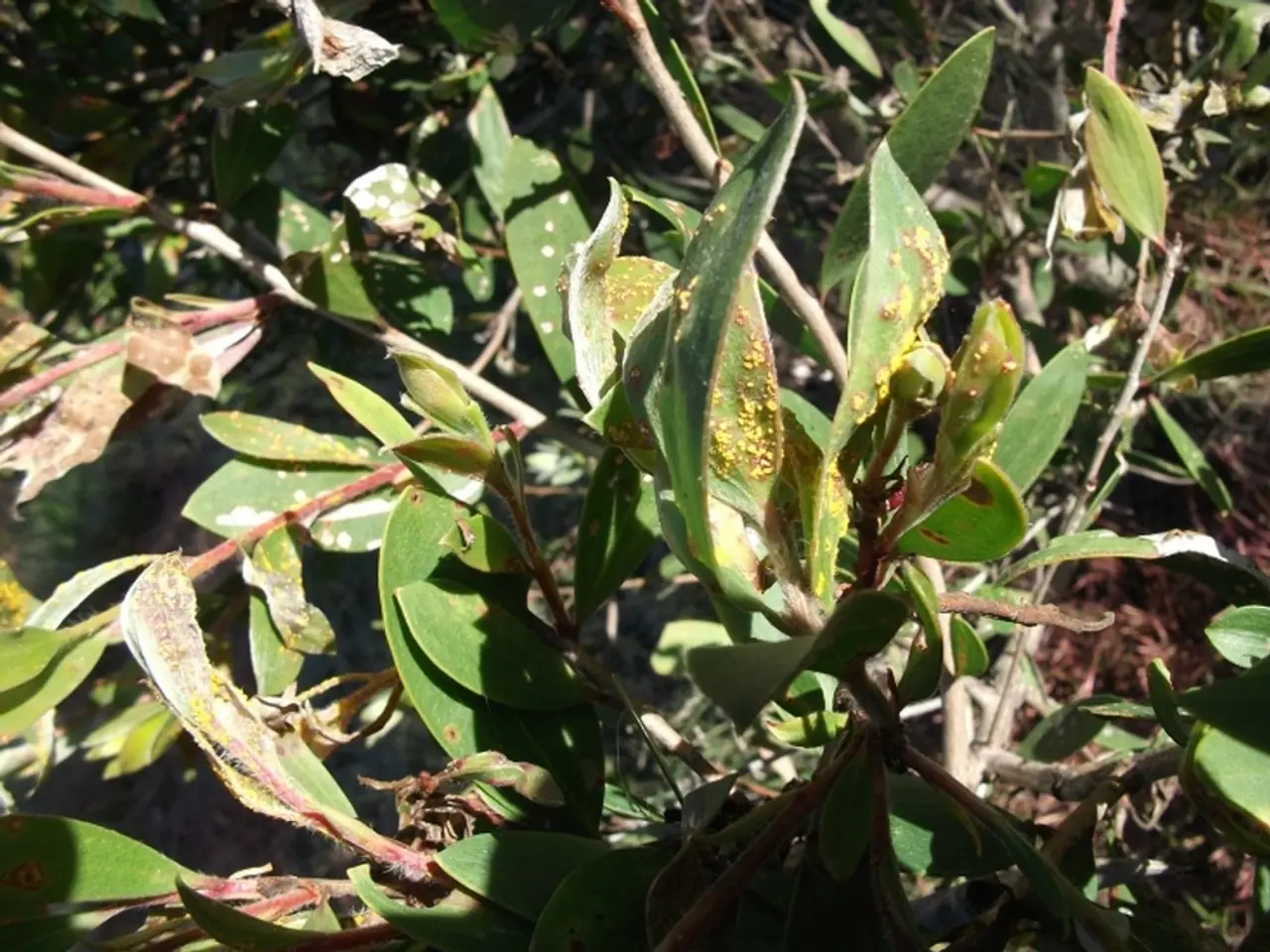Transitioning Land Plants into Aeroponics: A Detailed Walkthrough
Moving aeroponic plants to a soil-based environment can be a rewarding yet delicate process. To ensure a smooth transition, key steps include careful plant and soil preparation, transplanting with minimal root disturbance, appropriate watering, sunlight acclimatization, fertilization, and providing structural support.
Key Steps and Considerations
- Plant Preparation:
- Gently remove plants from the aeroponic system, ensuring you do not damage the root system.
- Before transplanting, it’s ideal to harden off the plants by gradually exposing them to conditions outside the aeroponic environment, such as ambient air and reduced humidity, to reduce transplant shock.
- Soil Preparation:
- Use well-draining, nutrient-rich soil suitable for the plant species.
- Amend soil with organic matter like compost to improve nutrient availability and structure.
- Ensure soil pH and fertility match the plants’ needs to support healthy growth after transplanting.
- Transplanting:
- Dig a hole large enough for the root mass without compacting.
- Place the plant carefully, spreading roots gently in the soil.
- Backfill with soil, firming gently around the roots to eliminate air pockets.
- Avoid burying the stem too deep.
- Watering:
- Water immediately after transplanting to settle the soil and hydrate roots.
- Maintain consistent moisture without waterlogging; aeroponic plants used to misting may initially require more frequent watering.
- Gradually reduce watering frequency as plants adjust and grow roots into the soil.
- Sunlight:
- Aeroponic plants accustomed to controlled indoor conditions need gradual exposure to sunlight.
- Provide indirect or filtered sunlight initially, then increase exposure over 1-2 weeks to full outdoor or natural light.
- Fertilization:
- Apply a balanced, slow-release fertilizer to support growth.
- Since aeroponic systems deliver precise nutrients, soil fertilizer ensures continued nutrient availability.
- Avoid over-fertilization which can stress the plants.
- Support:
- Depending on plant type, provide stakes, cages, or trellises to support stems and encourage upright growth as plants establish in soil.
Suitable Plants for Transition
- Plants with robust root systems that adapt well include leafy greens (lettuce, spinach), herbs (basil, mint), and some fruiting plants (tomatoes, peppers, strawberries).
- Delicate or highly sensitive plants may face higher transplant shock and are less suitable for direct transfer from aeroponics to soil.
Summary Table for Transferring Aeroponic Plants to Soil
| Aspect | Recommendation | |--------------------|----------------------------------------------------| | Plant Prep | Hardening off, gentle root handling | | Soil Prep | Well-drained, nutrient-rich, amend with compost | | Transplanting | Careful root placement, no root damage | | Watering | Immediate watering, then consistent moisture | | Sunlight | Gradual exposure to natural light | | Fertilization | Balanced, slow-release fertilizer | | Support | Stakes or cages as needed |
This approach minimizes transplant shock, promotes root establishment, and supports vigorous growth transitioning from the aeroponic mist environment to the soil medium. For more established plants, carefully and slowly wiggle the grow basket from side to side and gently pull it up to avoid damaging the roots. Use a high-quality potting mix designed for good drainage and aeration, and add compost for improved moisture retention and perlite for enhanced aeration. Rinsing roots under lukewarm water can help remove residual growing medium. Regularly water the plants for the first few days, ensuring the soil remains evenly moist. Position the plant in the pot at the same depth it was growing in the hydroponic system. After transplanting plants from aeroponics to soil, place them in a well-lit area for about a week, then move them to a sunny location.
- With proper planning and care, vegetable gardening can be a successful venture, even when transitioning aeroponic plants to a soil-based environment – it's part of a health-and-wellness lifestyle that prioritizes sustainability and home-and-garden self-sufficiency.
- Embrace science as you study the key steps in transplanting aeroponic plants, including plant preparation, soil preparation, transplanting itself, watering, sunlight acclimatization, fertilization, and providing structural support – all elements of fitness-and-exercise and commitment to research and improvement.
- Loving your home-and-garden, you may find yourself embracing vegetable gardening as part of your lifestyle – it's not only rewarding but also offers health benefits, promoting a health-and-wellness mindset via the connection with nature and the nurturing of your plants.




